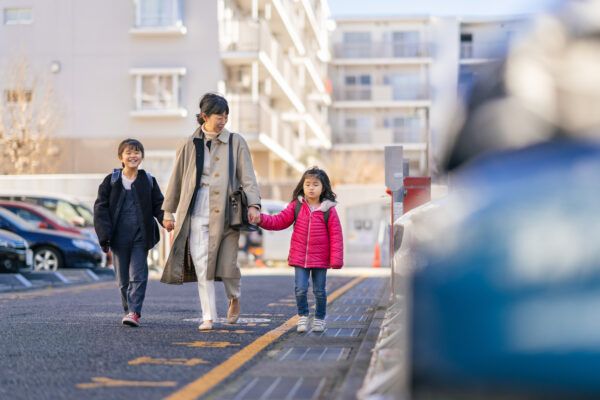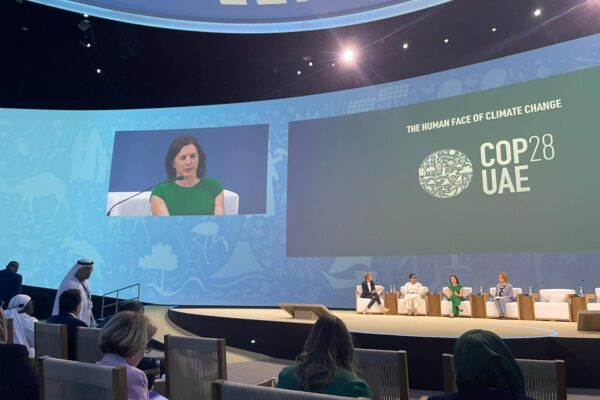In 2022, the UN General Assembly recognised the right to a clean, healthy and sustainable environment as a fundamental human right. And yet, 99% of us live in places where air pollution puts our health at risk, according to the World Health Organization (WHO).
The theme of the upcoming 77th World Health Assembly is ‘All for Health, Health for All’. Ambitious commitments and collective action are crucial to tackling air pollution, the largest environmental threat to human health worldwide. Clean Air Fund’s grantees are working hard to ensure clean air becomes a higher priority for better health around the globe.
1. Equipping Ministries of Health with the latest evidence of health harms
WHO hosted a hard-hitting webinar (available to watch here: ‘Toxic air is fuelling NCDs – Why are we not taking action?’) for officials from Health Ministries and agencies, which attracted close to 1,000 registrations from 145 countries. WHO’s Director of Noncommunicable Diseases (NCDs), Dr Bente Mikkelsen, alongside Professor Francesco Forestiere from the National Research Council of Italy and Imperial College London, explained how air pollution has become a primary driver of the world’s biggest killers, including cardiovascular and respiratory diseases, cancer, diabetes and dementia. The UN’s International Agency for Research on Cancer (IARC) recently pointed to air pollution as one of the main drivers of expected growth of cancer prevalence worldwide by 2050. WHO Director of Climate, Environment and Health, Dr Maria Neira, highlighted the families and human stories behind the millions of premature deaths every year caused by air pollution.
2. Showcasing health-driven solutions
The event also illustrated how health officials and stakeholders can engage in developing successful solutions. Sumi Mehta, from Vital Strategies, presented real world success stories from Accra, Barranquilla, Beijing, Jakarta, Kampala and New York City. The stories show how effective health messaging is key to resonating with community members as well as high-level decision makers. The stories and lessons learned are available here.
Clean Air Fund’s Jane Burston also joined the panel to highlight the lack of funding to tackle air pollution, compared to the scale and urgency of the global health threat. She called for health funders to invest in solutions, particularly where public health is hardest hit by air pollution, including in Africa, and Latin America.
3. Mobilising health professionals for clean air
WHO recently launched a Toolkit for Health Professionals on Communicating about Climate Change and Health, which includes a focus air pollution and the health benefits of climate action unlocked by better air quality.
Several Clean Air Fund partners are already working alongside nurses, doctors, paediatricians, and community health workers. Notably in India, the Doctors for Clean Air and Climate Action initiative of Lung Care Foundation and Healthcare without Harm has reached 250,000 doctors via 21 national medical associations. Training has been provided to over 10,000 healthcare professionals, medical students and school pupils.
4. Prioritising children’s health and right to clean air
UK child health professionals have resoundingly responded to the call to act on air pollution. The Royal College of Paediatrics and Child Health hosted well-attended sessions on air pollution and climate change at their annual conference in Birmingham, UK. The College launched a new Network for Clean Air for Children, with the aim to grow internationally. The conference showcased a groundbreaking initiative founded by Dr Mark Hayden, who works in child intensive care at Great Ormond Street Hospital in London to make air quality data available to doctors via electronic health records. The initiative also provides guidance on how to talk to patients and their families about air pollution, as well as starting points to engage with policymakers.
RCPCH President Dr Camilla Kingdon was joined by Ride for their Lives cyclists, led by local children, with some RCPCH doctors biking hundreds of miles to arrive emissions-free at the conference. This brilliant way to connect with the local community generated great media attention of what the right to clean air means for children.

